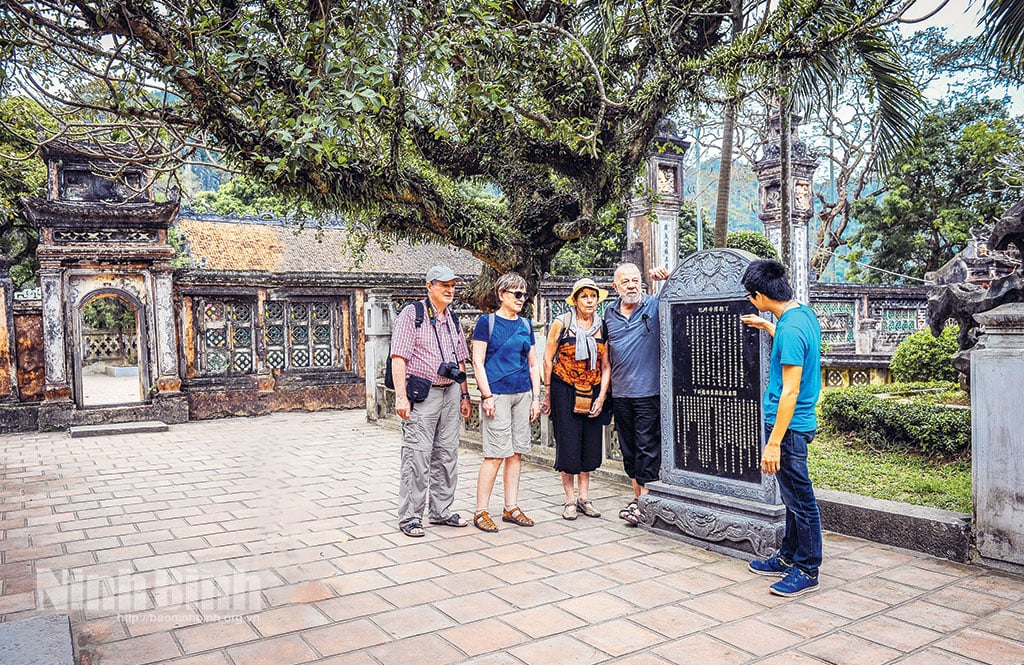
The foundation for sustainable development
Tay Hoa Lu Ward was established on July 1, 2025 on the basis of merging the entire natural area and population of Ninh Giang Ward, Truong Yen Commune, Ninh Hoa Commune (Hoa Lu City); Phuc Son Commune (Nho Quan District); Gia Sinh Commune and a part of 0.45 km2 with 563 people of Gia Tan Commune (Gia Vien District). After the arrangement, Tay Hoa Lu Ward has a natural area of 84.96 km2, a population of nearly 47,000 people, becoming a large-scale administrative unit of the province, converging many advantages in terms of geography, humanity, culture and history.
Although starting out as purely agricultural communes, after the merger, Tay Hoa Lu ward has made a strong breakthrough in turning heritage into a driving force for socio -economic development. Tourism has recovered quickly after the COVID-19 pandemic and has emerged as a key economic sector. On average, the locality welcomes about 3.5 million visitors each year; tourism revenue reaches 2,000 billion VND, accounting for a large proportion of the service - trade structure. Many new tourism products have been formed and developed from homestay models associated with craft village tourism, eco-tourism combined with agricultural experiences, to night tours, river tours, contributing to extending the length of stay and increasing the spending of tourists.
The work of preserving and embellishing relics has been focused on, both preserving the historical value intact and creating conditions for sustainable tourism exploitation. The whole ward currently has 171 inventoried relics, of which 58 relics have been ranked, including 21 national relics (02 special national relics), 37 provincial relics. Many important restoration works have been completed, such as embellishing historical and cultural relics, preparing preservation records for 17 ancient houses over 50 years old, building new cultural spaces such as Khe Coc Prehistoric Residential Space, Kinh Thien Altar, creating new attractions for heritage tourism.
Traditional festivals such as Hoa Lu Festival and Bai Dinh Pagoda Festival are held annually, both preserving historical and cultural values and becoming large-scale cultural and tourism events, attracting tens of thousands of visitors. Local image promotion activities have been innovated, combining tradition and digital technology , spreading the Tay Hoa Lu brand more strongly.
The breakthrough of tourism has led to a positive shift in economic structure: services - trade account for about 53%; industry - construction accounts for 30%, agriculture - forestry - fishery decreased to 17%. Many industries and fields have been activated and developed synchronously. In the area, there are thousands of business households, hundreds of enterprises operating effectively, Ninh Giang area alone has 462 households and 31 enterprises, Truong Yen area has 963 multi-industry establishments, creating jobs for nearly 3,000 workers. Total retail sales of goods and consumer service revenue have increased steadily over the years.
The industrial, handicraft and craft villages have formed many diverse production facilities from mechanics, construction, garment, food processing to fine art wooden furniture, herbal medicine. Cooperatives, cooperative groups, small and medium enterprises are encouraged to develop, both to generate income and to preserve traditional occupations.
In Tay Hoa Lu ward, a multi-value ecological agriculture is being formed to serve tourism development with models of high-quality organic rice, rice - fish combination, lotus seed cultivation associated with tourism, medicinal plant cultivation... which has increased production value to 140-146 million VND/ha. The total herd of livestock and poultry is maintained at more than 135 thousand heads; the aquaculture area is nearly 300 hectares, with an output of about 400 tons/year. There are 13 OCOP products (3 4-star products, 10 3-star products) associated with the Program "Each commune, ward, one product" and agricultural tourism. Average income per capita reached 78.6 million VND, an increase of 40% compared to 2020.
Rural infrastructure such as electricity, roads, schools, stations, and irrigation systems have been invested synchronously. The structure of labor, income, and rural culture has changed dramatically, forming many new generation farming models. The models of "village streets" and "village cities" have become popular, contributing to fundamentally changing the appearance of the countryside, laying the foundation for the urbanization process.
These figures reflect a diverse local economy, closely linked between tourism - services, cultural industry, handicrafts and ecological agriculture, creating a balance between heritage conservation and improving people's lives.
Creating a green, smart urban heritage model
The success of Tay Hoa Lu ward today is not the result of luck, but is built from valuable experiences in the journey of preserving and exploiting heritage. For many years, the locality has been steadfast in its goal of economic development associated with preserving cultural identity and natural landscapes; each infrastructure project and each investment project is carefully considered to harmonize with the heritage space, not trading the environment and historical values for short-term benefits.
Community strength becomes a solid foundation when people proactively participate, donate thousands of square meters of land, contribute billions of VND and thousands of working days to build tourism infrastructure, renovate village roads, renovate houses according to traditional architecture, turning villages into attractive destinations. Along with conservation, the ward also cleverly breathes new life into heritage through unique cultural and tourism products, from performing arts, festivals, cuisine to handicrafts, both enhancing economic value, creating jobs, and retaining the young generation. All are placed in an overall management strategy, linked to long-term planning and close coordination between the government, businesses and the community, thereby maintaining the integrity of the core heritage area, while opening up flexible development space in the buffer zone and surrounding areas.
With these results and lessons, Tay Hoa Lu ward is possessing a solid foundation: heritage is preserved intact, values are exploited reasonably, economy is diversified, community benefits and environment is preserved. This is the foundation to realize the vision of building Tay Hoa Lu ward into a tourism and cultural industry center of Ninh Binh province and the whole country, a green, smart, identity-rich and sustainable heritage urban area.
Entering a new phase, this goal has been concretized by the Party Committee and the government of Tay Hoa Lu ward with synchronous targets, plans and solutions: by 2030, the number of tourists will reach over 4.5 million, tourism revenue will reach over 4,275 billion VND; average income per capita will exceed 100 million VND; the poverty rate will decrease to less than 1%; 100% of schools will meet national standards; a "bright - green - clean - beautiful" living environment will be ensured.
The focus of the strategy is to turn heritage into a source of creative inspiration, so that Tay Hoa Lu ward becomes an outdoor “living museum”. Accordingly, the ward attaches special importance to urban planning work that must be associated with the traditional architecture of the Ancient Capital region with green and smart infrastructure: tiled roofs, stone gates, gardens combined with ecological parks, walking streets, tourist boat docks, convenient connections through smart transportation and digital platforms.
In economic development, the ward has identified the focus on developing heritage tourism and cultural industry as two pillars to create a distinctive mark. Specialized tourism routes from experiencing craft villages, agricultural tourism to night heritage tours... are designed to extend the length of stay and increase spending of tourists. Cultural industry is developed through festivals, performing arts, historical and cultural films, interactive cultural spaces... both preserving and "renewing" traditional values, enhancing the attractiveness of the destination.
Along with that, green and smart urban infrastructure has been focused on since the beginning of the term to renovate and expand the transportation system, electricity, water, trees, parks, and smart lighting; renovate rivers such as Sao Khe, Hoang Long, and Ben Dang to combine waterway transportation with tourism services; build open public spaces, commercial centers, and service complexes with the identity of the ancient capital region. The model of a typical residential area with ancient Hoa Lu architecture is encouraged, both preserving the identity and meeting modern living standards.
Digital transformation is an indispensable foundation for forming a smart heritage urban model. Tay Hoa Lu Ward aims to promote the development of digital government, digital economy, digital society; digitize heritage data, planning, tourism services; provide comprehensive online public services; encourage people and businesses to apply digital technology in production, business, and product promotion. Public wifi systems, security cameras, digital tourism maps, etc. will help manage and serve the community more effectively.
The difference between Tay Hoa Lu and many other localities is the connection between heritage conservation and economic development and improving the quality of life. All investment projects, from infrastructure to services, are placed within a long-term planning framework, ensuring harmony between development and preservation. This is the mindset of “development without trade-offs”, taking heritage and nature as the foundation, taking people as the center, and taking innovation as the driving force.
With this direction, Tay Hoa Lu ward not only builds for itself a modern yet unique urban appearance, but also contributes to forming a green, smart, sustainable heritage urban model so that every step of visitors and every experience of residents carries within it the breath of history, the beauty of culture and the dynamic pace of life of the times.
Lessons from the past, opportunities of the present and aspirations of the future are converging, creating new momentum for Tay Hoa Lu ward. With its potential, advantages, strategic vision and high political determination, the ward has every basis to become a model heritage urban area, a place where conservation and development blend together, where the past and the present go hand in hand, where the community fully enjoys both material and spiritual values from the heritage left by their ancestors.
Source: https://baoninhbinh.org.vn/phat-huy-tiem-nang-loi-the-xay-dung-phuong-tay-hoa-lu-thanh-909350.htm




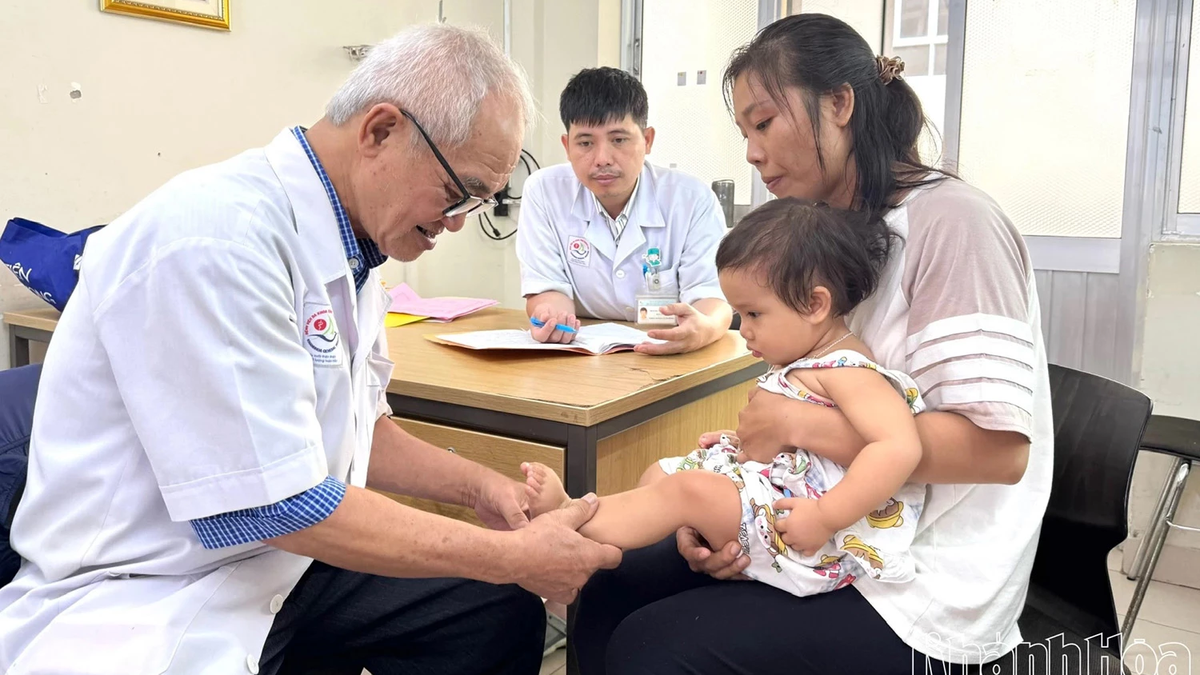
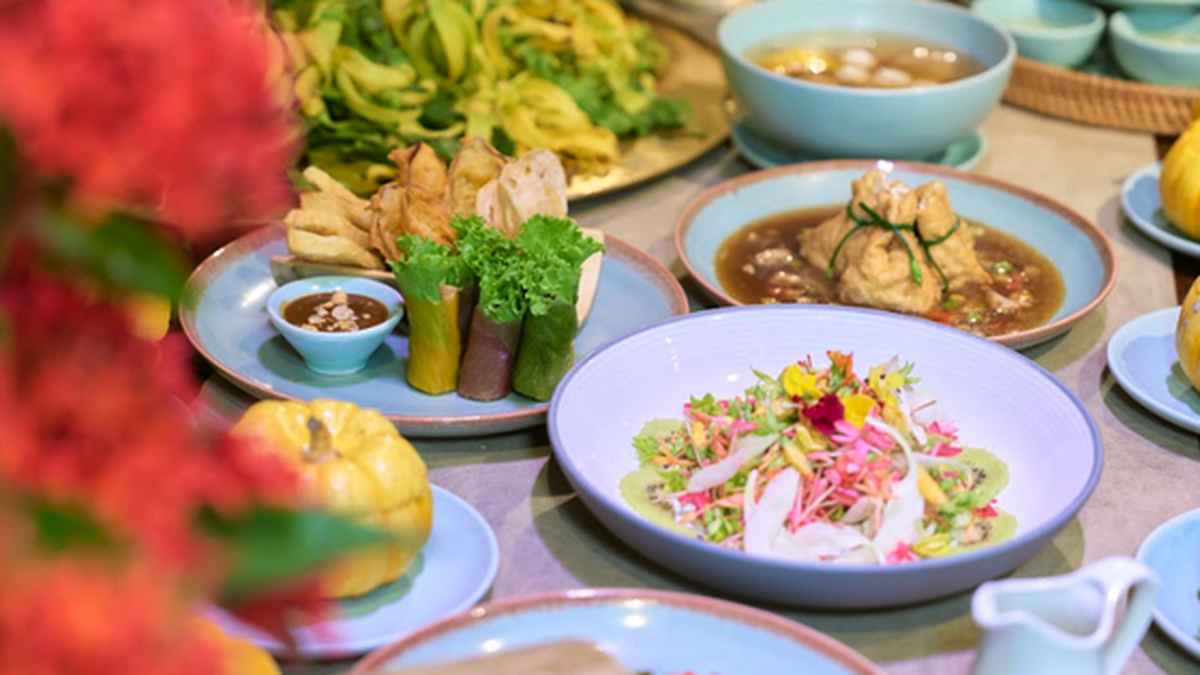

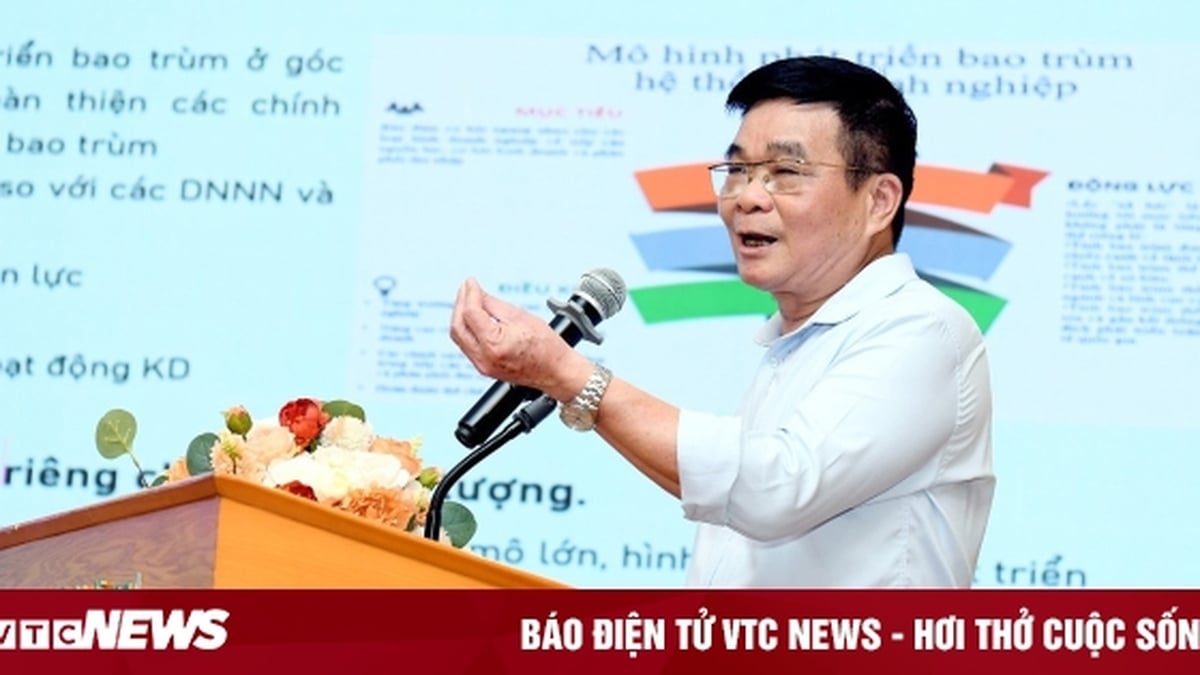
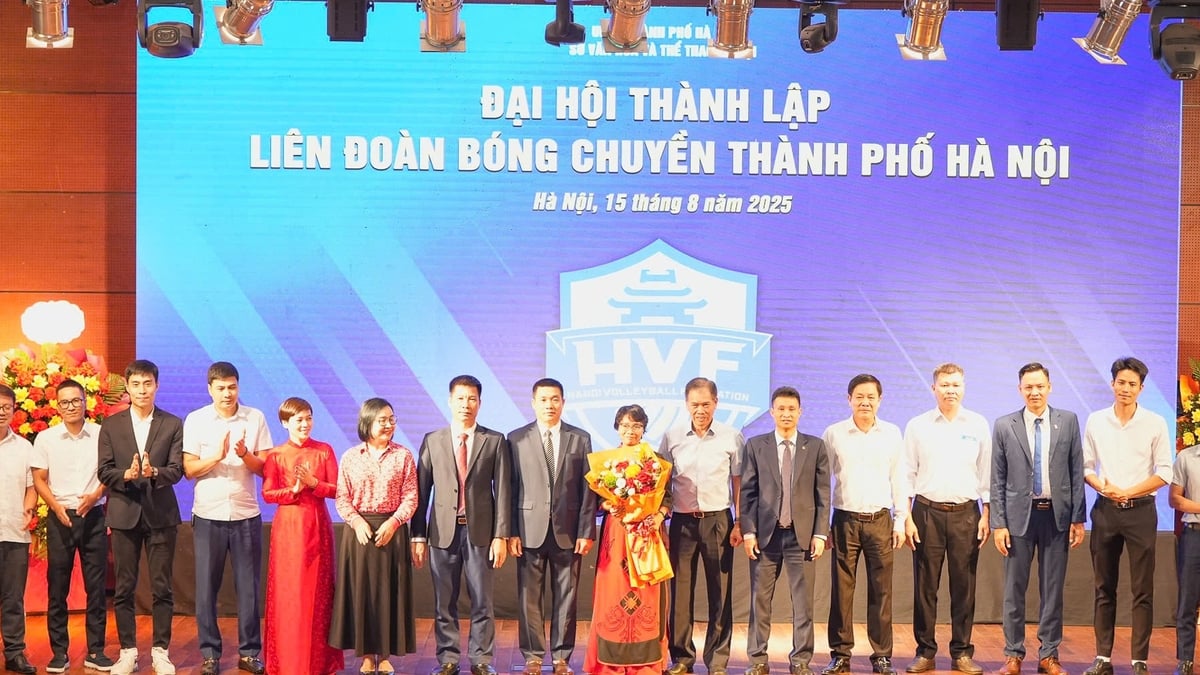
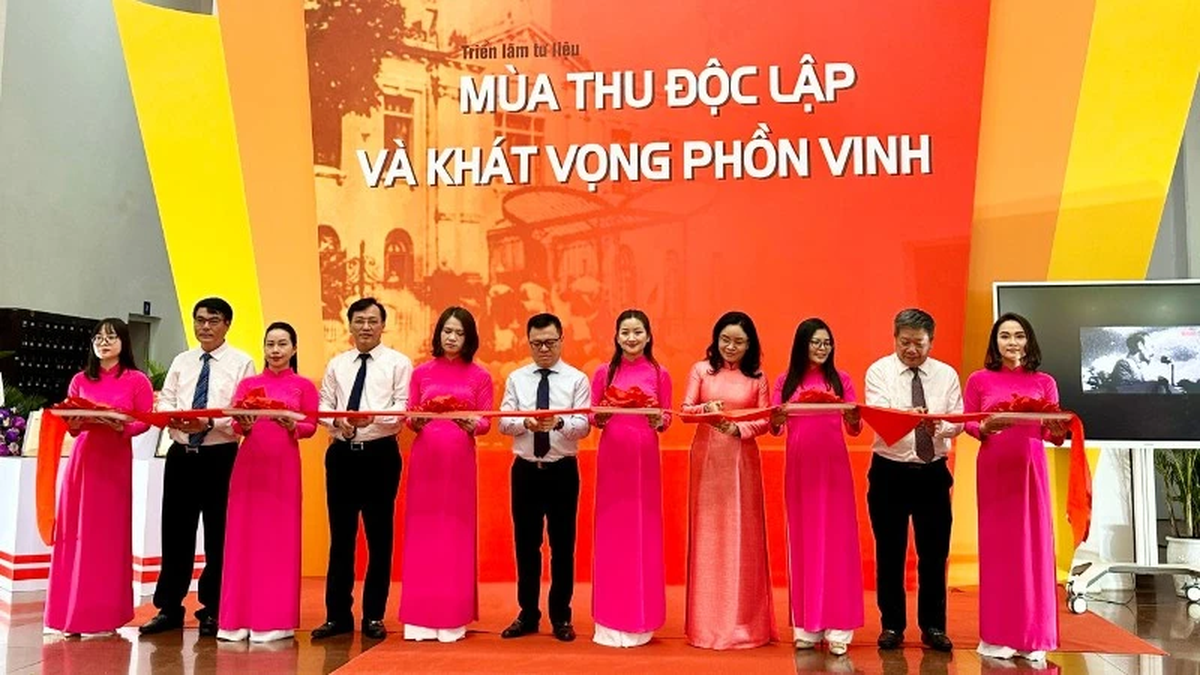

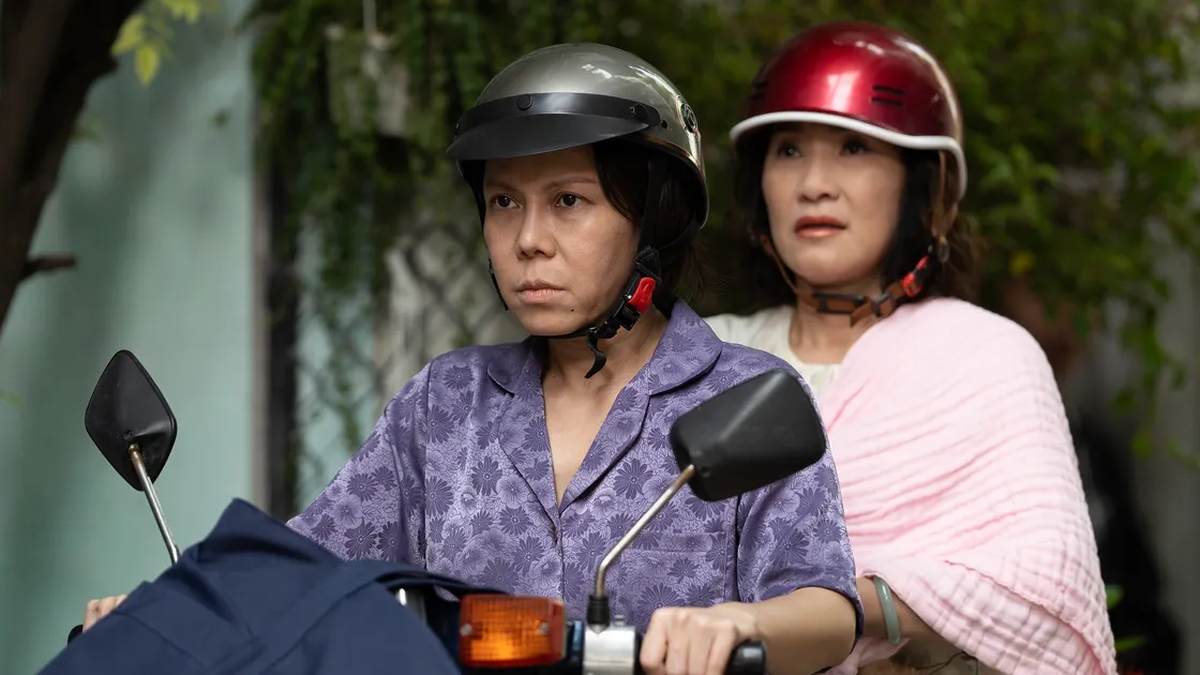










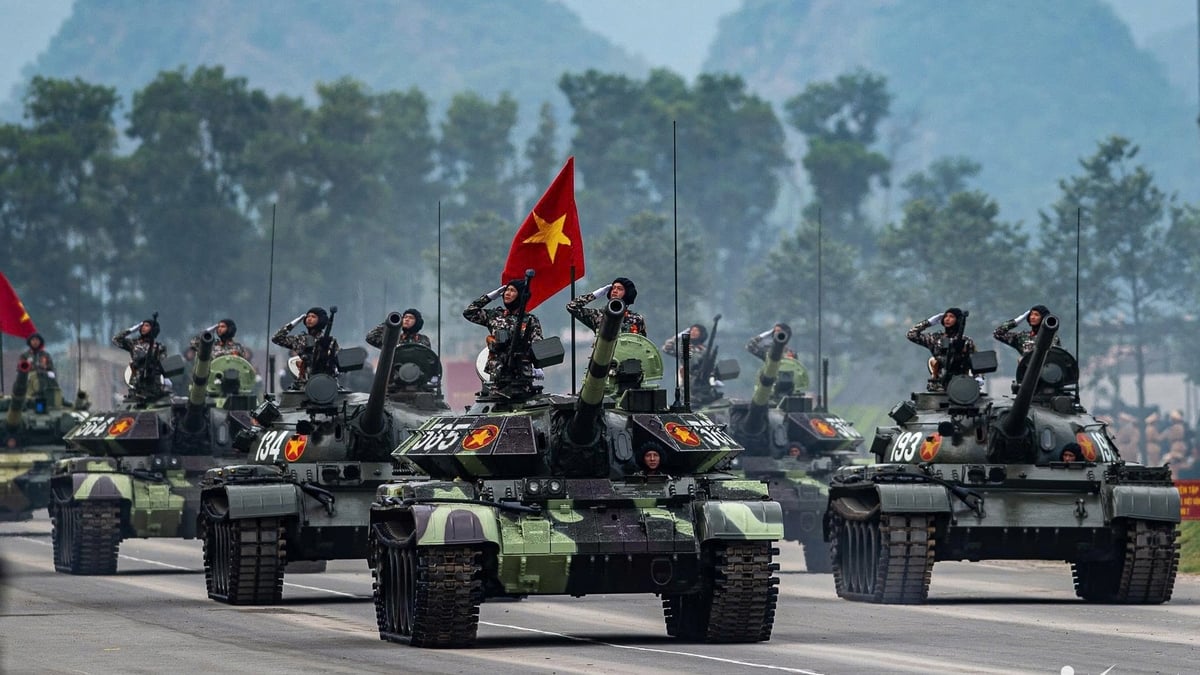

![[Photo] Binh Khanh Bridge Ho Chi Minh City is ready to reach the finish line](https://vphoto.vietnam.vn/thumb/1200x675/vietnam/resource/IMAGE/2025/8/14/b0dcfb8ba9374bd9bc29f26e6814cee2)

![[Photo] Firmly marching under the military flag: Ready for the big festival](https://vphoto.vietnam.vn/thumb/1200x675/vietnam/resource/IMAGE/2025/8/15/86df2fb3199343e0b16b178d53f841ec)

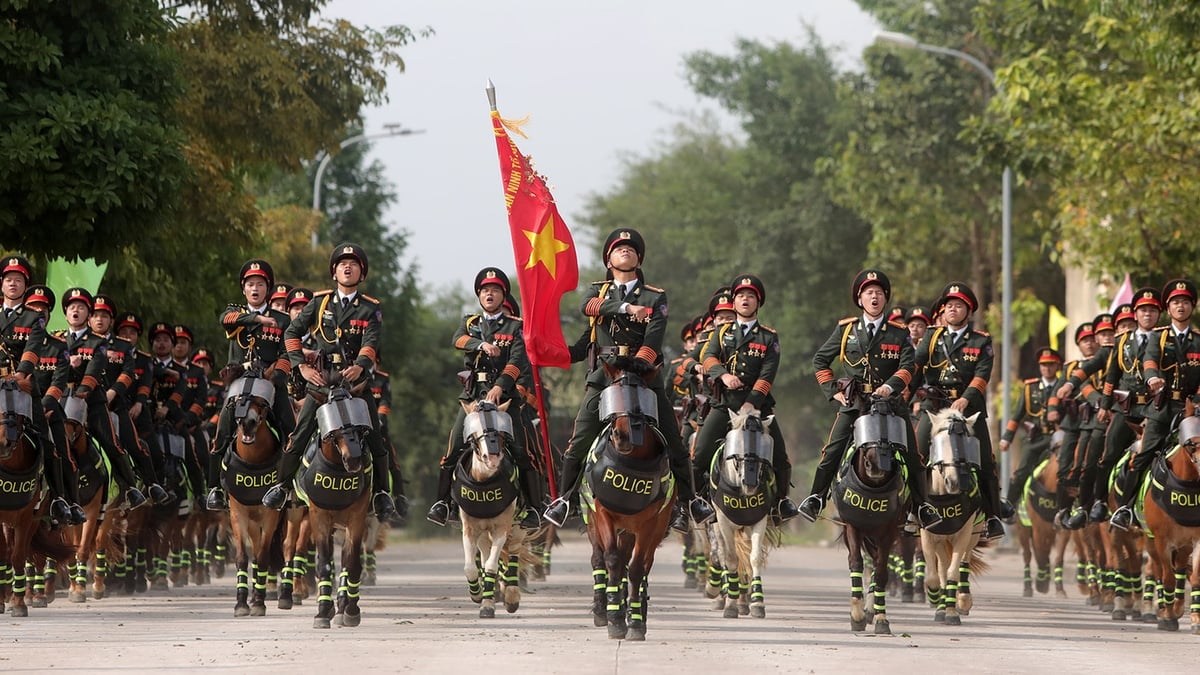


![[Photo] The special solidarity relationship between Vietnam and Cuba](https://vphoto.vietnam.vn/thumb/1200x675/vietnam/resource/IMAGE/2025/8/15/5f06c789ab1647c384ccb78b222ad18e)
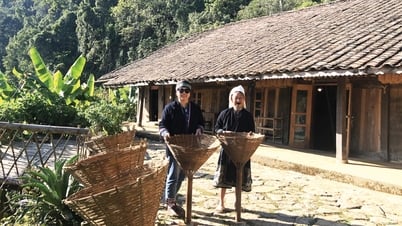





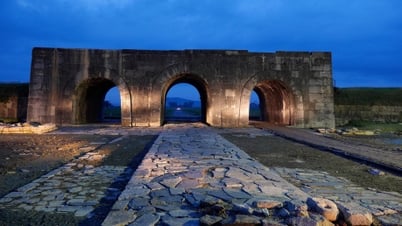






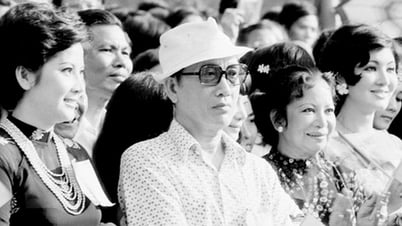

















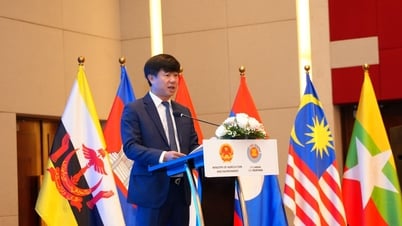

![[Photo] President Luong Cuong receives Finnish Ambassador to Vietnam Keijo Norvanto](https://vphoto.vietnam.vn/thumb/402x226/vietnam/resource/IMAGE/2025/8/15/9787f940853c45d39e9d26b6d6827710)

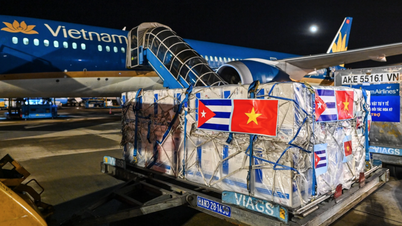
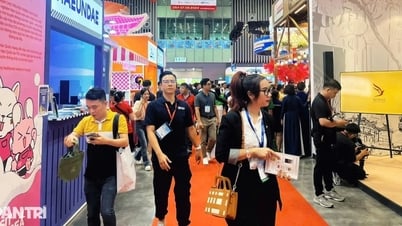

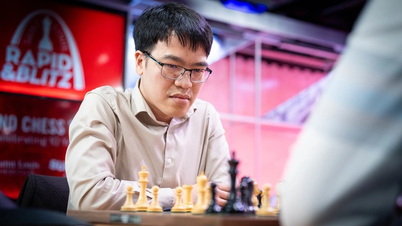
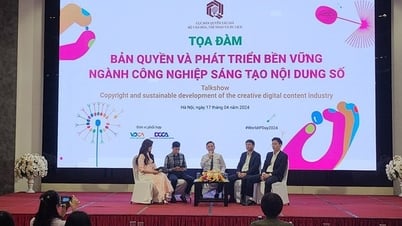

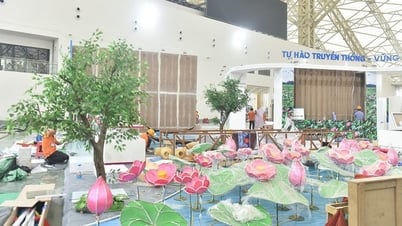
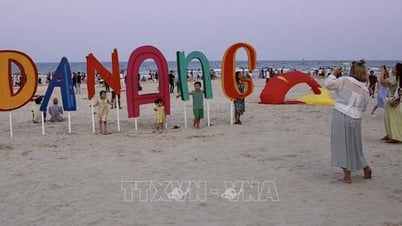
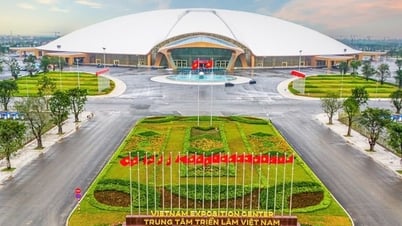
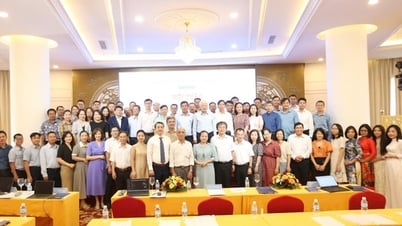

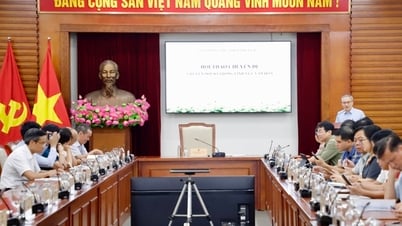





















Comment (0)